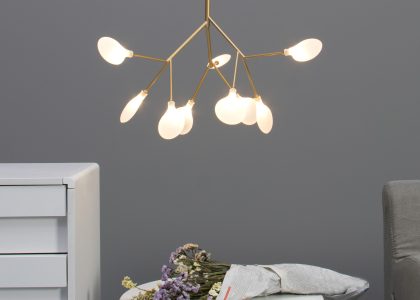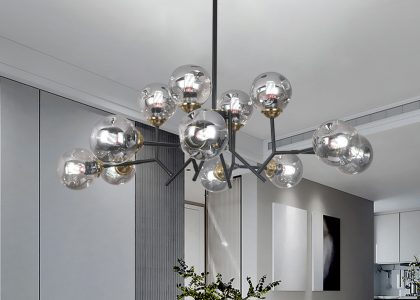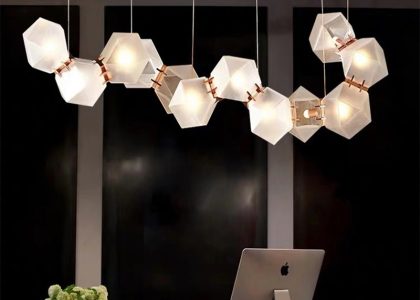Introduction
Biomimicry has gained increased attention in recent years as a means to design sustainable and innovative solutions to complex challenges. Biomimicry refers to the practice of emulating nature’s strategies in the design process of products, systems, and technologies. One such area that has seen significant development is biomimicry lamps. These lamps, inspired by nature, show how biomimicry can be used to design functional and aesthetically pleasing lighting solutions. This article explores what biomimicry is and how it has been used to design lamps inspired by nature.
What is Biomimicry?
Biomimicry is a process for creating innovative products, processes, and systems that are inspired by nature. The term “biomimicry” originates from the Greek words bios, meaning life, and mimesis, meaning to imitate. Biomimicry draws on nature’s strategies, patterns, and systems to create sustainable and efficient designs.
The practice of biomimicry involves the observation, analysis, and emulation of natural systems. By studying nature, designers can gain insights into how nature has solved problems and achieved balance between different elements. For instance, the design of a solar-powered lamp can be inspired by the way plant leaves convert sunlight into energy through photosynthesis.
Biological Inspiration for Lamps
Nature provides a bountiful source of inspiration for lamp design. One of the key benefits of biomimicry is that it can lead to the development of aesthetically pleasing designs. In this section, we will discuss some of the natural forms, patterns, and systems that have inspired lamp design.
The Sunflower
The sunflower has inspired the design of a lamp that captures the sun’s energy during the day and provides light at night. The lamp’s shape is inspired by the sunflower’s ability to track the sun’s movement. During the day, the solar panels on top of the lamp follow the sun’s movements, and in the evening, the stored energy is used to power the lamp.
The Jellyfish
The jellyfish’s bioluminescence has inspired the design of a lamp that emits a soft, diffused light. The lamp consists of a series of LED lights that use a chemical reaction to emit light. The result is a glowing lamp that resembles a jellyfish.
The Octopus
The octopus’s ability to change color and texture has inspired the design of a lamp that changes color and texture in response to its environment. The lamp’s surface is covered in sensors that respond to temperature and humidity, causing the lamp to change color and texture.
The Lotus Flower
The lotus flower’s self-cleaning ability has inspired the design of lamps that are easy to clean and maintain. The lamp’s surface is coated with a material that repels water and dirt, making it easy to clean with a simple wipe.
Benefits of Biomimicry Lamps
Biomimicry lamps offer several benefits over conventional lamps. One of the primary benefits is their sustainability. By drawing on nature’s strategies, the lamps are designed to be energy-efficient and long-lasting. Additionally, biomimicry lamps are often aesthetically pleasing and can add an element of style and elegance to a room. The lamps’ unique designs can also become a conversation piece in a home or office.






